Are Separatists in Ukraine Joining Russia’s Largest Military Exercise?
Digging into a Ukrainian MP’s claim of joint Russian-separatist exercises
Are Separatists in Ukraine Joining Russia’s Largest Military Exercise?
Share this story
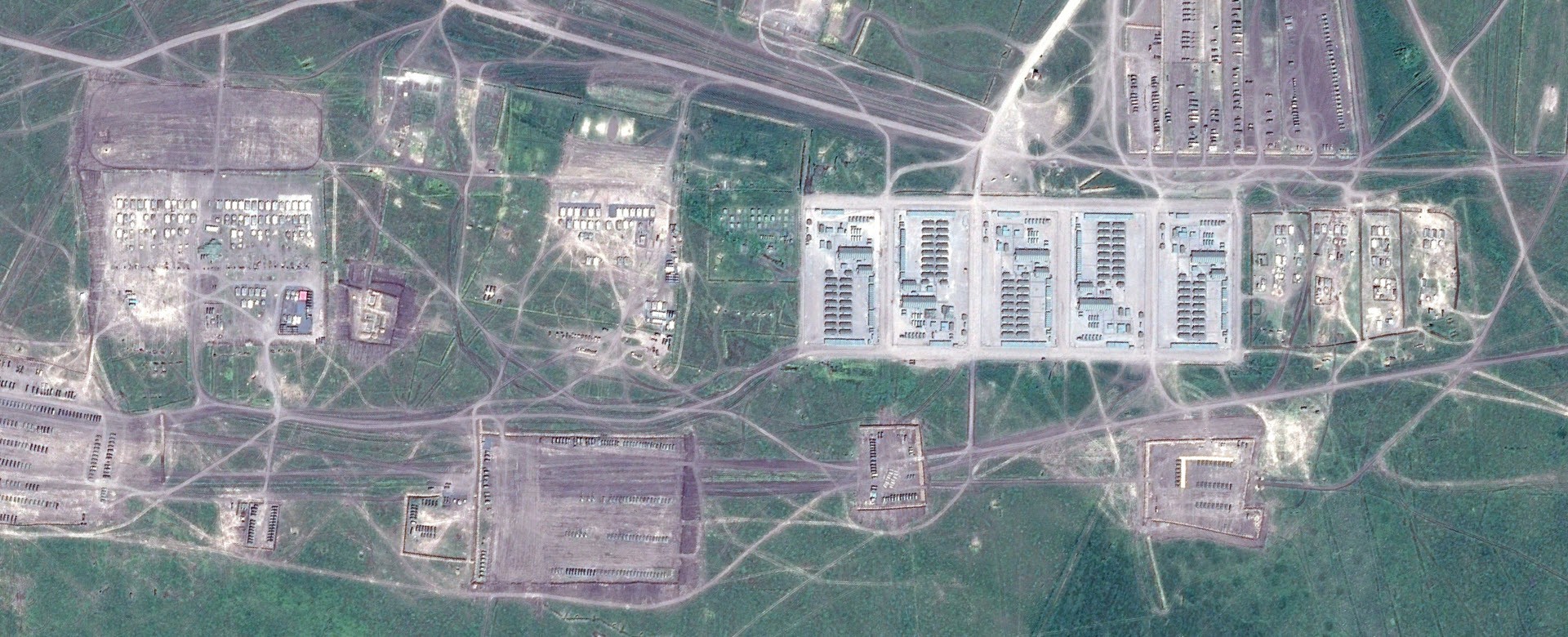
BANNER: Northern part of the Kuzminsky firing range in June 2017, showing the base’s rapid expansion even after the height of Russian involvement in the Ukrainian conflict. (Source: Digital Globe / Google Earth)
On July 31, Ukrainian military expert and member of Parliament Dmytro (Dmitry) Tymchuk posted an announcement to his Facebook account that included a shocking bit of information — active soldiers of the so-called Donetsk and Luhansk People’s Republics (DNR and LNR) would take part in military exercises alongside Russia’s 8th Combined Arms Army in August and September near the Ukraine-Russia border.
Preparations are being made for a series of exercises in the operational departments of the 1st Army Corps of the DNR and 2nd Army Corps of the LNR. These exercises are to be led by the Armed Forces of the Russian Federation in August and September of this year. According to the plan of the General Staff of the Armed Forces of the Russian Federation and the staff of the Russian 8th Combined Arms Army, the exercises of the Armed Forces of the Russian Federation at the Russian border regions and the exercises by the “LDNR” [DNR and LNR] will be conducted on “a single strategic and operational-tactical background.” The units and subdivisions of both “Army Corps” of the “LDNR” will operate in cooperation with the 8th Combined Armed Army of the Armed Forces of the Russian Federation, to which they are currently subordinate.
There have not been any other announcements of military exercises to be held with Russia’s 8th Combined Arms Army in the Russian oblasts bordering eastern Ukraine, but Tymchuk’s information about these August-September exercises coincide with the Zapad-2017 military exercises Russia will hold with Belarus on September 14–20, and which @DFRLab is tracking closely.
As of August 2, there is no open source information that corroborates Tymchuk’s dramatic claims. No major Ukrainian media outlets have published detailed analysis of Tymchuk’s text, with most outlets paraphrasing Tymchuk’s original post. In the unlikely scenario that these exercises do take place as described, what would they actually entail, and how would we find information about them?
What is Russia’s 8th Combined Arms Army?
The Russian 8th Combined Arms Army that Tymchuk named is a newly-formed army stationed near the Ukraine-Russia border in the Rostov and Volgograd Oblasts. As Izvestiya reported in March 2017, this new army was to be based in Novocherkassk and included the 150th Motorized Infantry Brigade (Novocherkassk) and the 20th Guard Motorized Infantry Brigade (Volgograd). According to an expert cited by Izvestiya, the 8th Combined Arms Army “will become the most important element of ensuring Russia’s security” in its southwest regions — in other words, to bolster Russia’s military presence near the Ukrainian border.
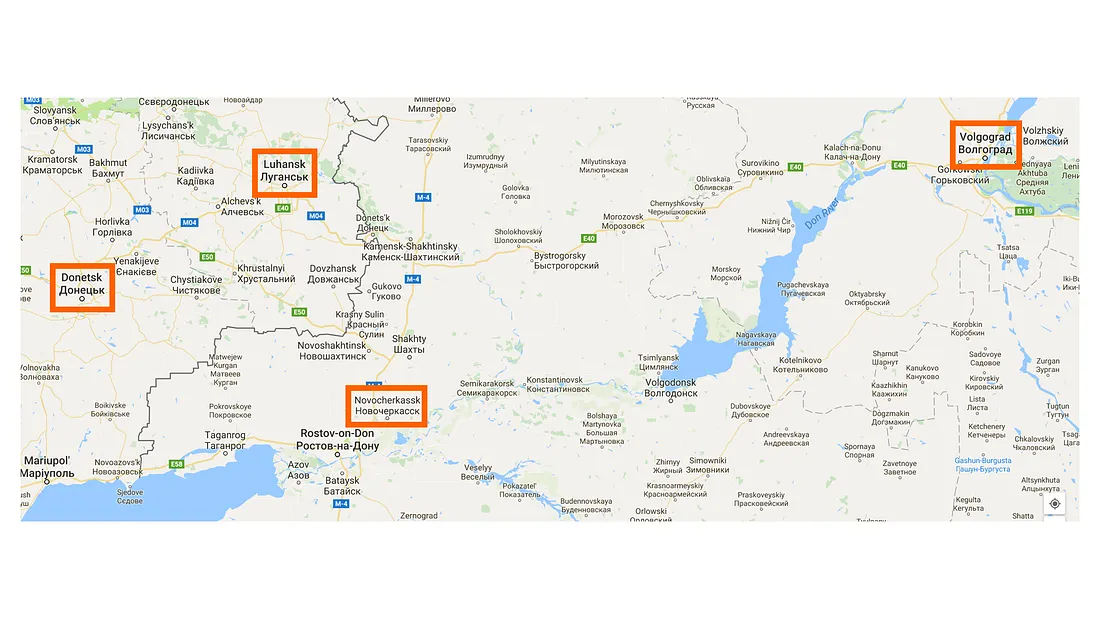
Where would the exercises be held?
Tymchuk did not provide a location for these supposed exercises, other than the “border regions” of Russia near Ukraine. Considering that the 8th Combined Arms Army is based out of Novocherkassk, the most likely location for these supposed exercises would be in the Rostov Oblast near the border, and perhaps even near unsanctioned crossing points that are not monitored by the OSCE Special Monitoring Mission (SMM) to Ukraine. Many of the Russian military and supply camps near the Ukraine border have been abandoned since the height of the conflict in summer 2014, but others remain and could serve as potential training grounds for the supposed exercises.
A large military camp near the village of Russkoye in the Rostov Oblast is just twelve kilometers from the Ukrainian border and facilitated a number of nearby unsanctioned border crossing points by Russian regular army and volunteer units to enter the Donbas. There is sufficient space in this area for hold military exercises, but likely of the scale described by Tymchuk, as the area seems more like a depot or supply camp than a staging ground for large-scale training.
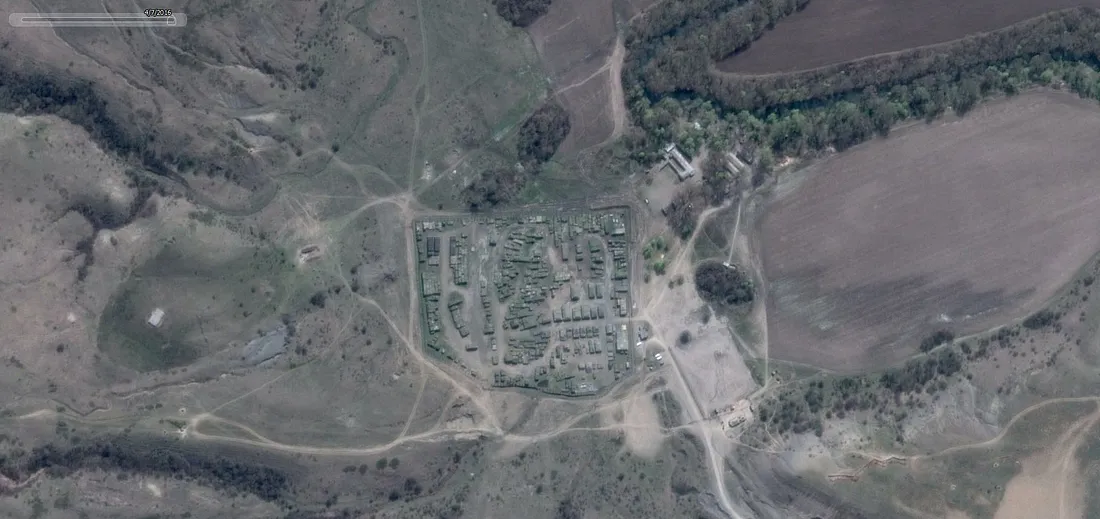
By far the most likely candidate for any training in the Rostov Oblast is the infamous Kuzminsky firing range, located about thirty-five kilometers from the Ukrainian border. This location is the largest military camp in the area, and underwent significant expansion since early 2014.

In particular, the Kuzminsky firing range underwent rapid expansion even in the last year, with the northern portion of the base adding several buildings and vehicle yards in 2017.
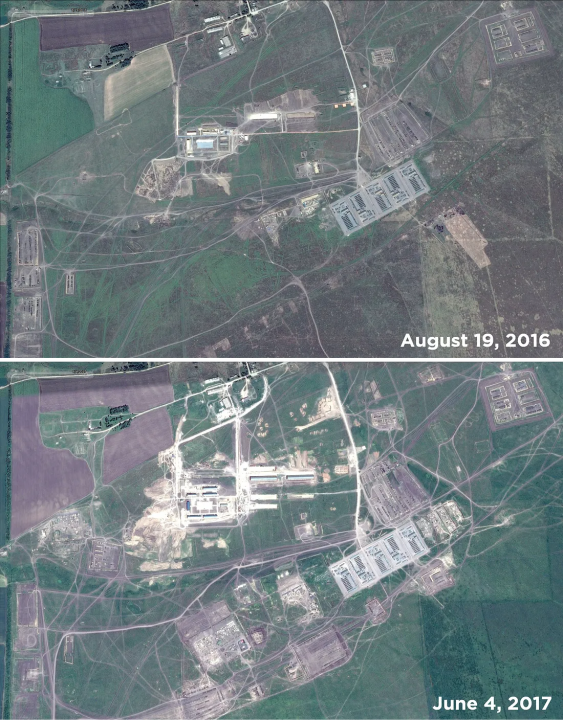
If the exercises described by Tymchuk were to occur, this expanded firing range, with extensive barracks, vehicle yards, and more than enough room for large-scale military exercises, is the most likely candidate.
Through August and going into September, @DFRLab will continue to monitor this area through tools such as EchoSec and scanning photographs uploaded with geotags on the Russian social network Vkontakte.
Who would participate in the exercises?
The two Army Corps of the so-called DNR and LNR mentioned by Tymchuk are quite large — the so-called DNR’s 1st Army Corps includes almost a dozen brigades and military units, for example. With the loose and often-changing structure of the Russian-reliant “militaries” of the so-called DNR and LNR, it is difficult to conduct organized monitoring of these fighters.
Alternatively, it is much easier to track Russian forces, who have a constant place of residence and a far lower fatality rate than the local separatist fighters. Monitoring these soldiers is easy, granted the observer knows how to operate Russian social networks.
On Vkontakte (VK), there are a handful of ways to find and monitor Russian soldiers in the military units of interest. Nearly every military unit has a public page where veterans, active soldiers, and their relatives join to share information and photos. However, the number of participants in these groups is far higher than active servicemen, meaning that an observer has to sort through the members to find useful information.
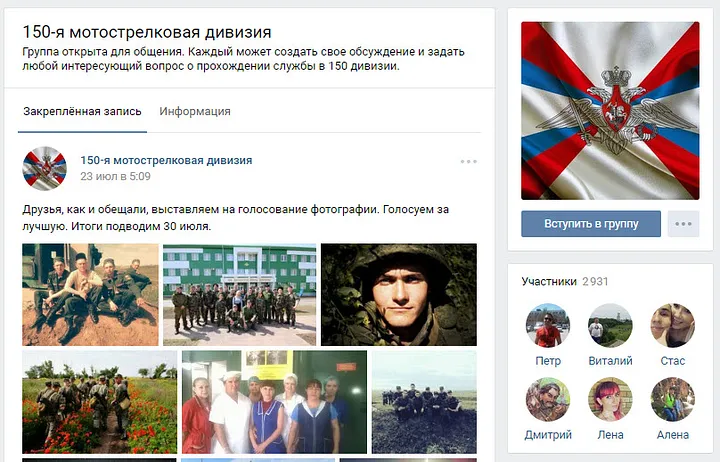
VK’s interface includes useful search options, allowing you to filter results by individuals who have listed their military service. In this search, we find the Russian men who have publicly listed their military service at military unit 22265 — the 150th Motorized Infantry Brigade — starting in 2016, signifying active service. We only get a handful of results, but an observer can track these soldiers’ friends, friends-of-friends, and so on to build a large selection of potential data.
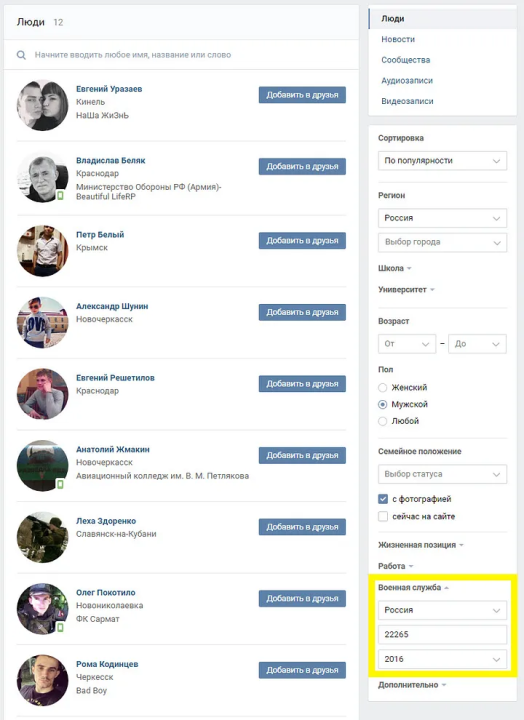
If Tymchuk’s predicted exercises come to pass, we would notice a significant increase of suspicious activity on these profiles.
Conclusion
In all likelihood, Tymchuk’s prediction of joint exercises between the so-called DNR/LNR and Russia’s 8th Combined Arms Army will not take place; however, it is always worth keeping an eye out on potentially suspicious activity from separatist and Russian fighters, especially in the next two months. @DFRLab will continue to conduct monitoring of this region, with the hope that any #DigitalSherlocks will conduct their own research and share it online with the hashtags #MinskMonitor or #ZapadWatch.

